Peanuts
-
Row Crop Disease Update Corn: Southern corn rust has been confirmed in Coffee County. The extended period of wet weather we had a week ago helped to bring on rust. Even though there is currently not a lot of rust to be found, this could change quickly with our recent passing storms and high humidity.…
-
Dusting in cotton is never a great option. Our highest yields in cotton have always been with cotton planted by May 31. One way to get the crop in during dry conditions is to dust in cotton really shallow (1/2 inch or less). The idea is to just cover seed with soil with the hope…
-

To see the whole guide click “read more”. Then click: Click here UGA Peanut 2019 eguide
Posted in: Peanuts -
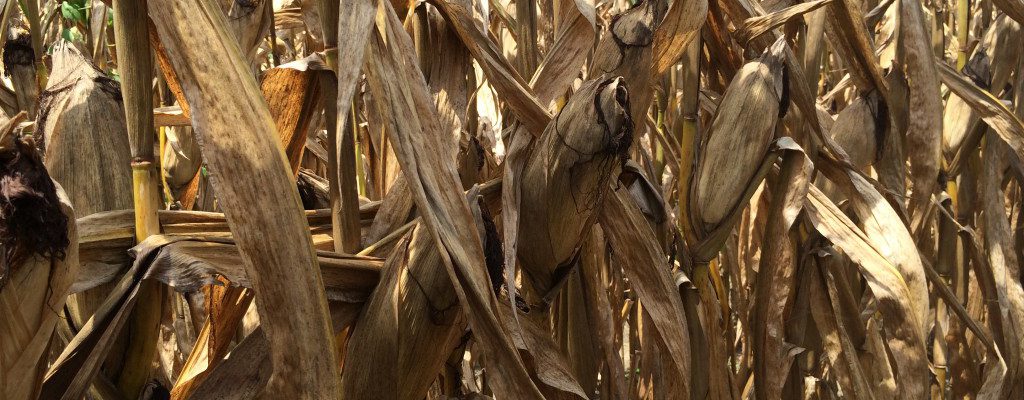
DISEASES of PEANUT: White mold and leaf spot aren’t breaking lose in every peanut field in Georgia, but we are having near-perfect conditions for the development, spread, and sometimes explosion of these diseases. Stay on a good fungicide program, tightening spray intervals where disease is becoming problematic and/or where there is concern if the crops…
-
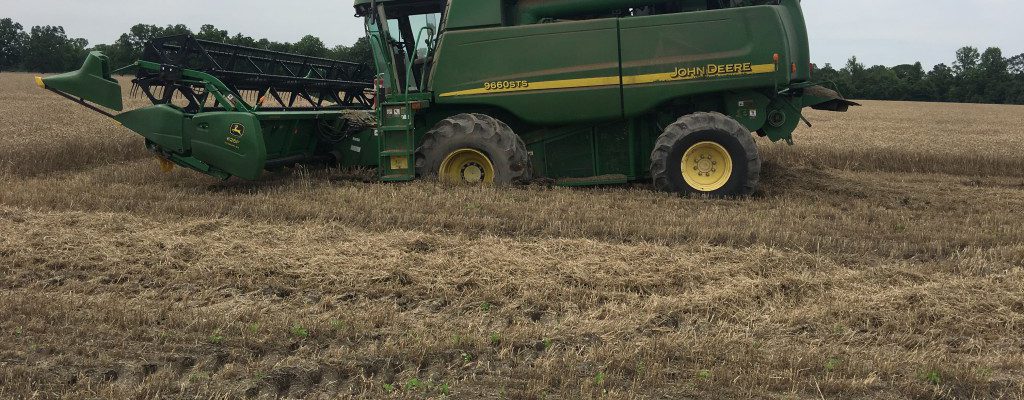
In the movie Forrest Gump, there’s a famous line that describes our past few weeks: “We been through every kind of rain there is. Little bitty stingin’ rain, and big ol’ fat rain, rain that flew in sideways, and sometimes rain even seemed to come straight up from underneath. Shoot, it even rained at night.”…
-
Below is a link to the 2018 Peanut Rx. It allows growers to assess their risk to tomato spotted wilt, leaf spot diseases and white mold. It also notes which varieties have some resistance (or increased susceptibility) to the peanut rootknot nematode (Meloidogyne arenaria), Cylindrocladium black rot (CBR) and Rhizoctonia limb rot. https://www.caes.uga.edu/content/dam/caes-website/extension-outreach/commodities/peanut-team/docs/2018/2018-Peanut-Rx-Disease-Risk-Index.pdf In 2018,…
Posted in: Peanuts -
Southern rust has finally been identified in Georgia in Seminole county. This is likely some of the earliest southern rust to affect our state. Weather condition for the past few days and over the next few days is predicted to have a significant chance of rain and humid conditions. These conditions are quite favorable for…
-
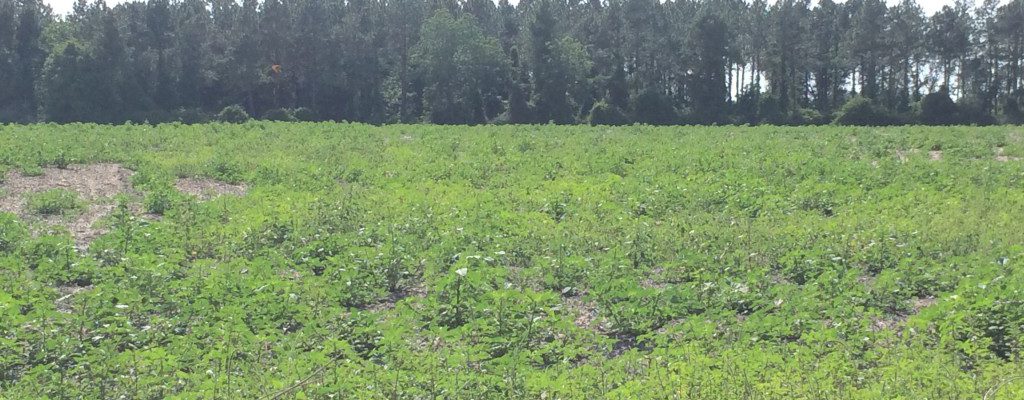
In 2005, the first pigweed resistant to glyphosate (Roundup) was confirmed in middle Georgia. At that time, it was the first confirmed case of pigweed resistant to glyphosate in the world. The resistance was localized to a few fields on about 500 acres. Within a few years it was in nearly every row crop field…
-
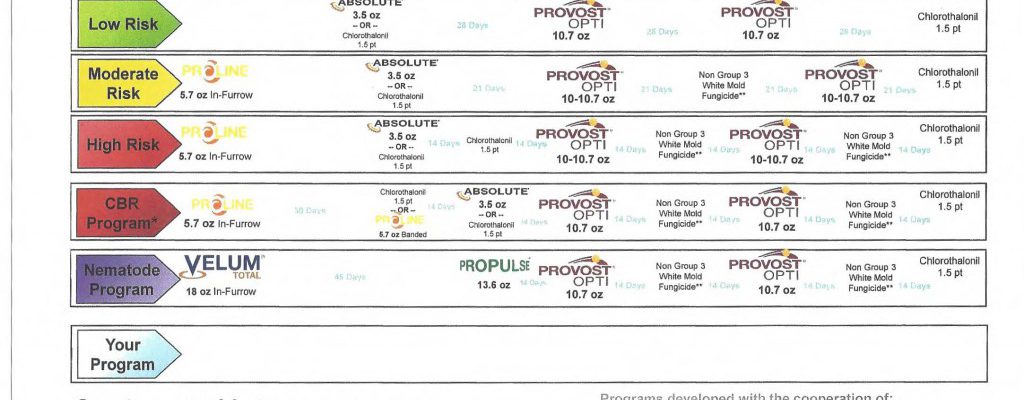 Posted in: Peanuts
Posted in: Peanuts -
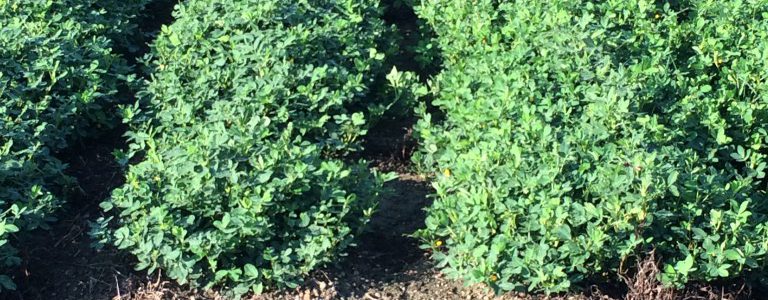
Peanuts were sprayed 30 days after planting (DAP), 45 DAP, 60 DAP, 75 DAP, 90 DAP, 105 DAP, and 120 DAP with the fungicide. The premium program (High) was Bravo, Bravo, Fontelis, Fontelis, Fontelis, Bravo + Tebuconazole, Bravo. The reduced cost program (Low) was Bravo, Bravo, Teb + Bravo, Teb + Bravo, Teb + Bravo, Teb + Bravo,…
Posted in: Peanuts